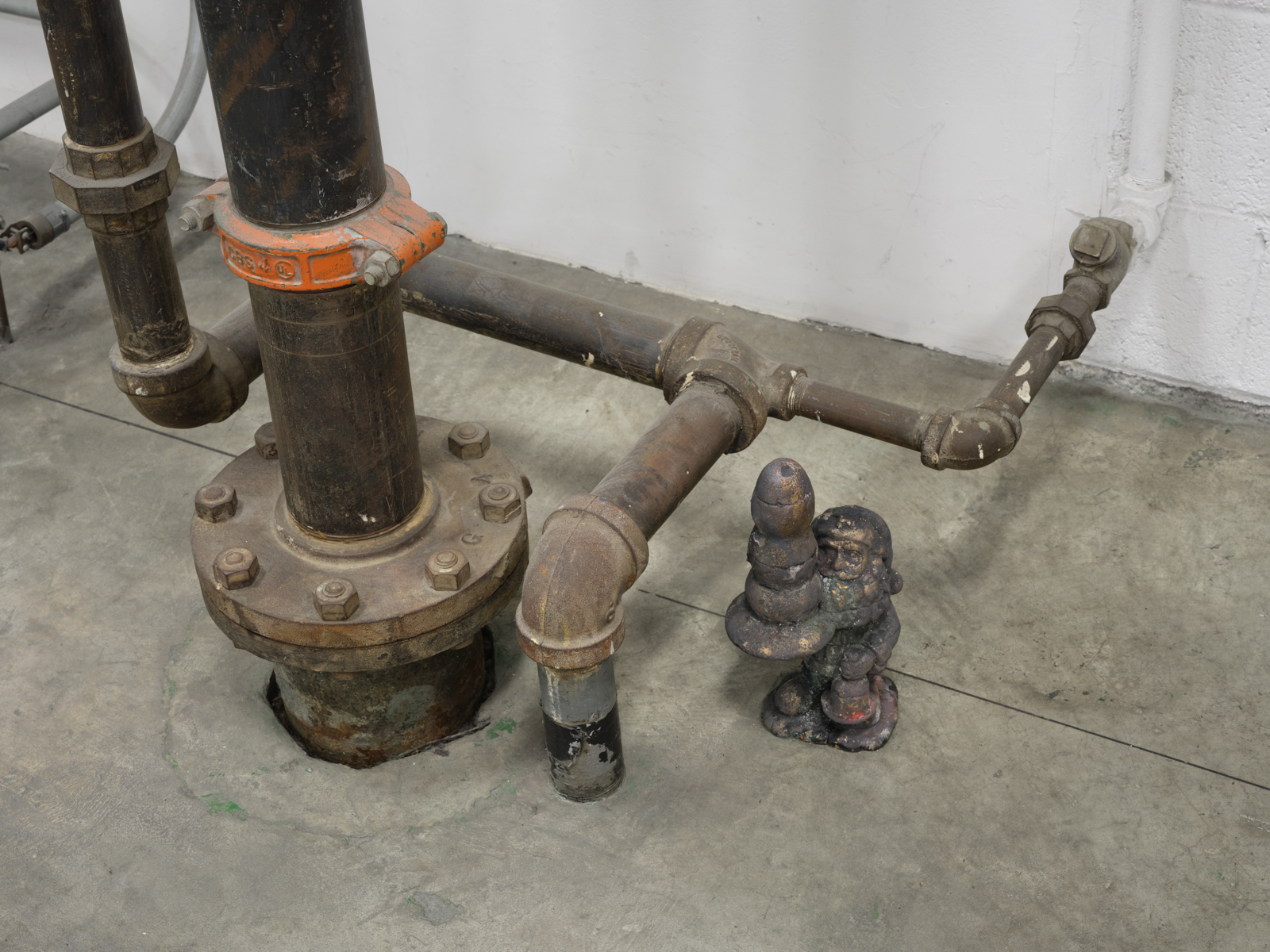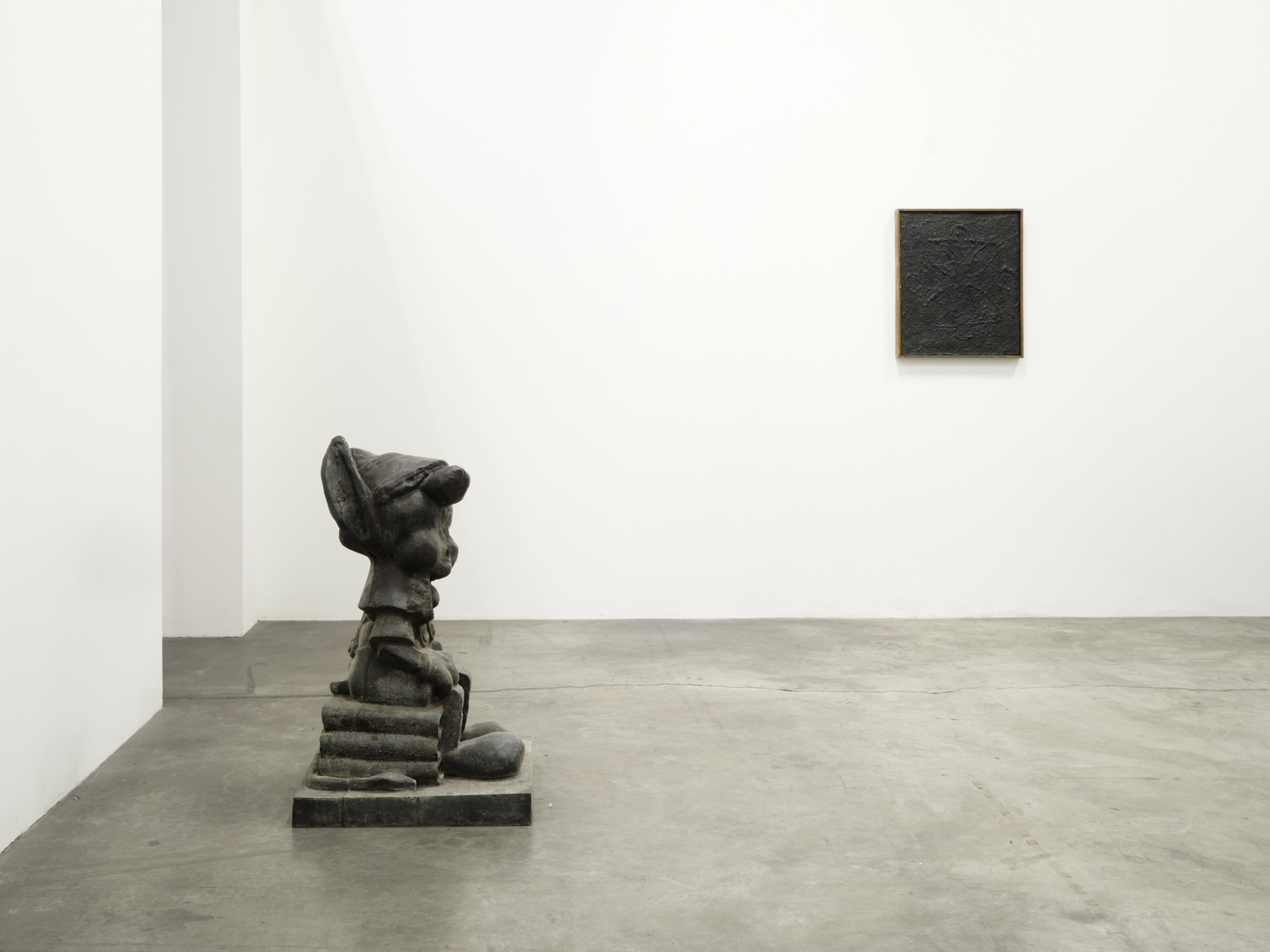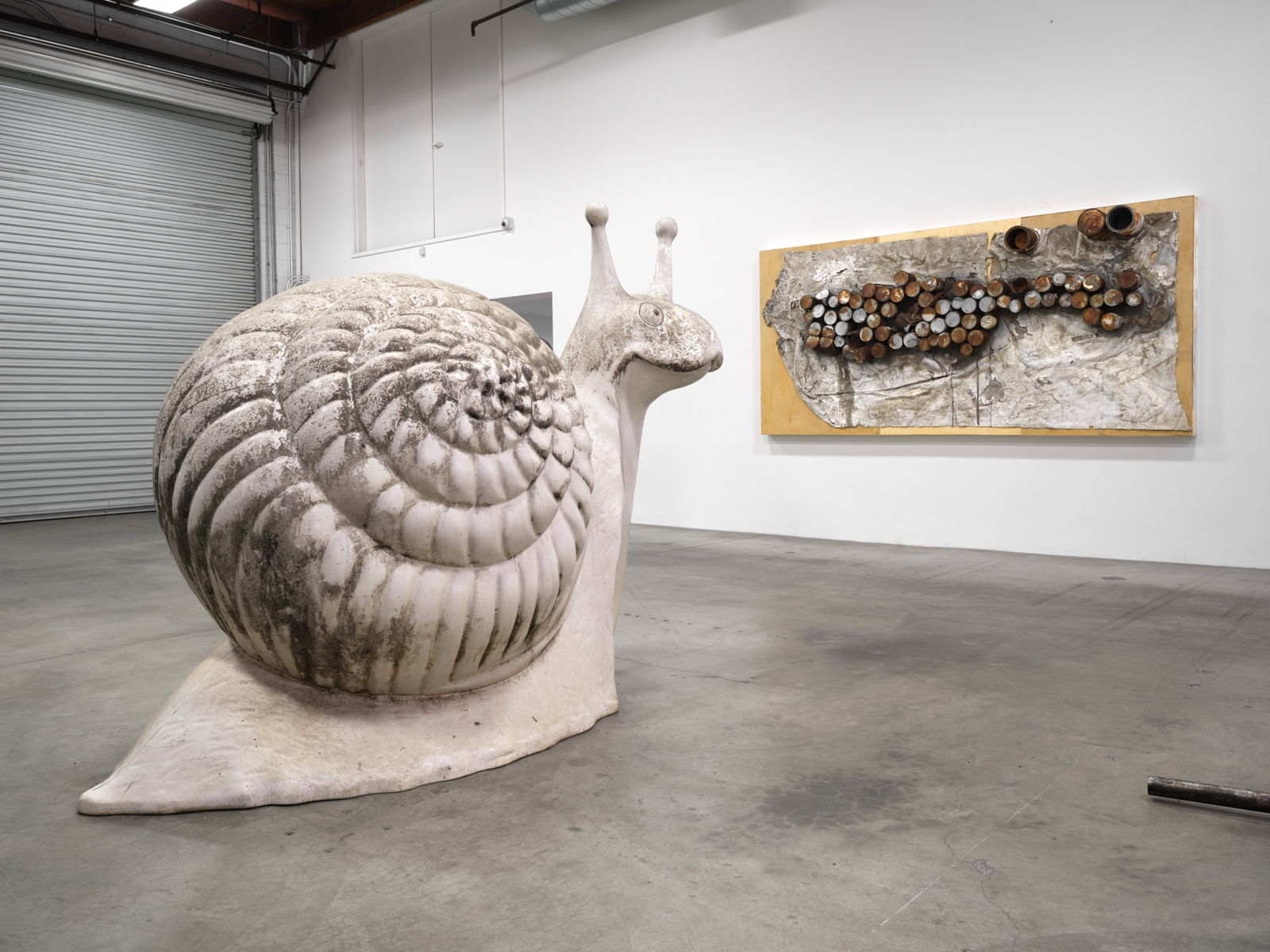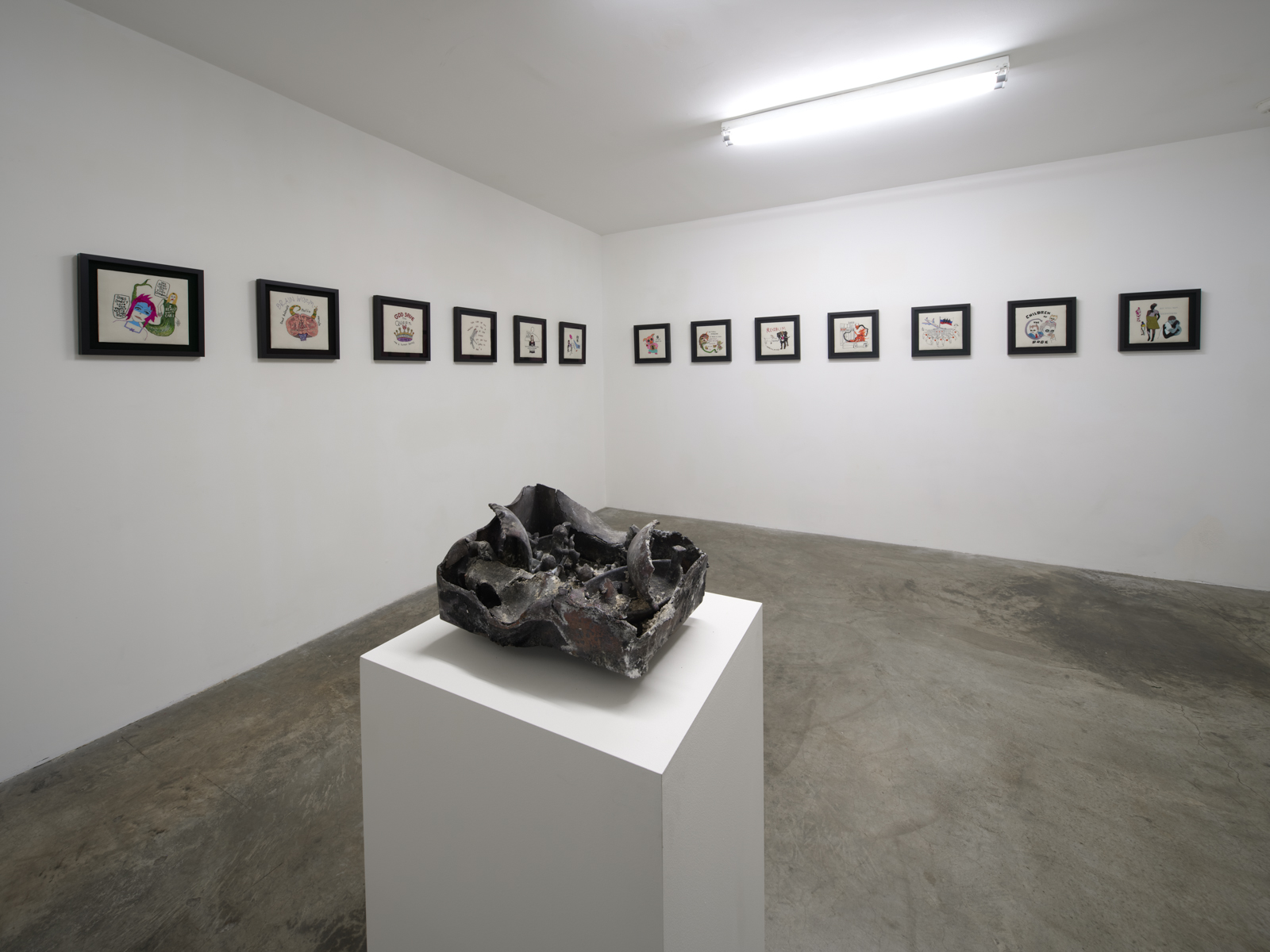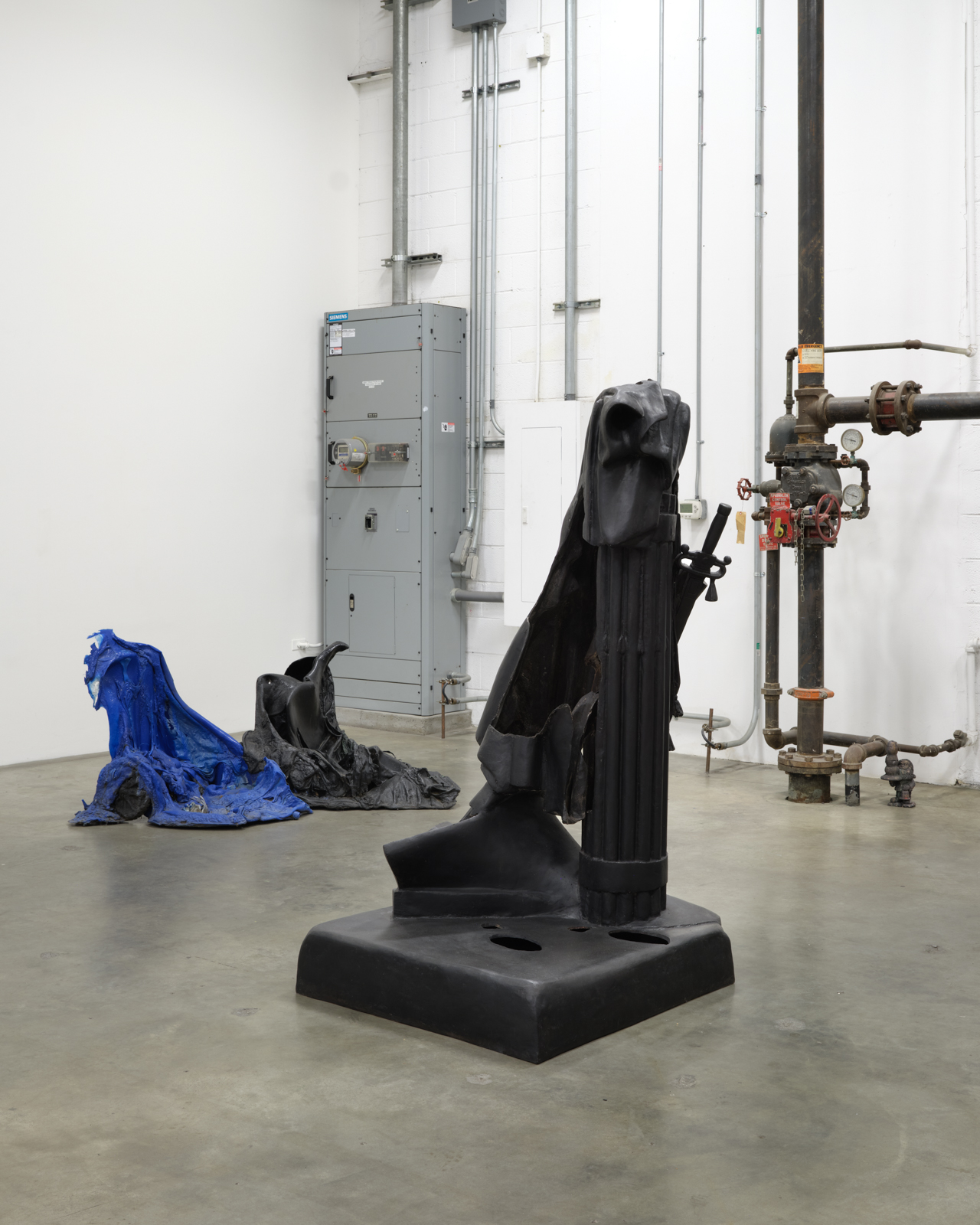
I Never Dreamed the Sea so Deep, the Earth so Dark
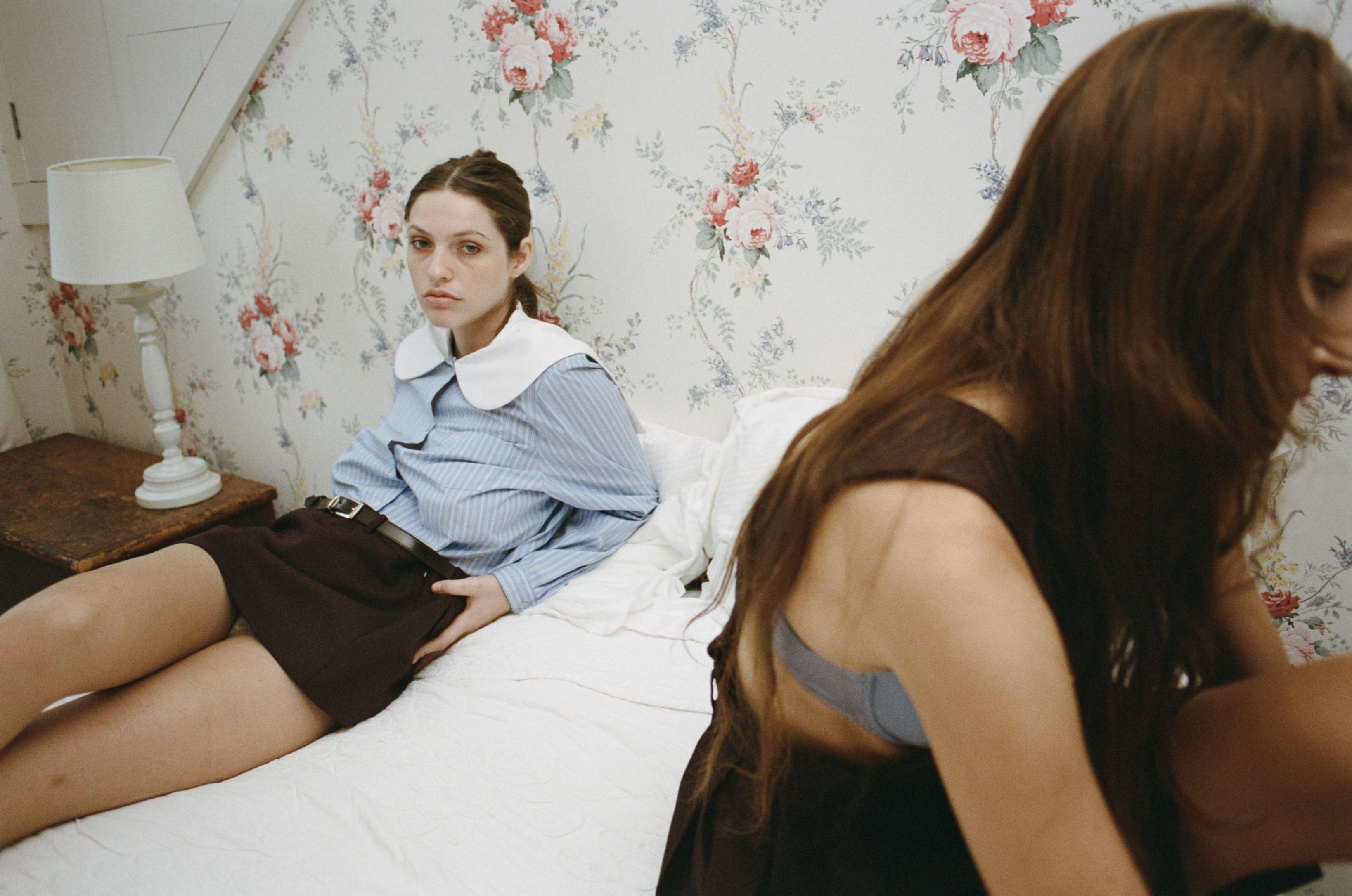
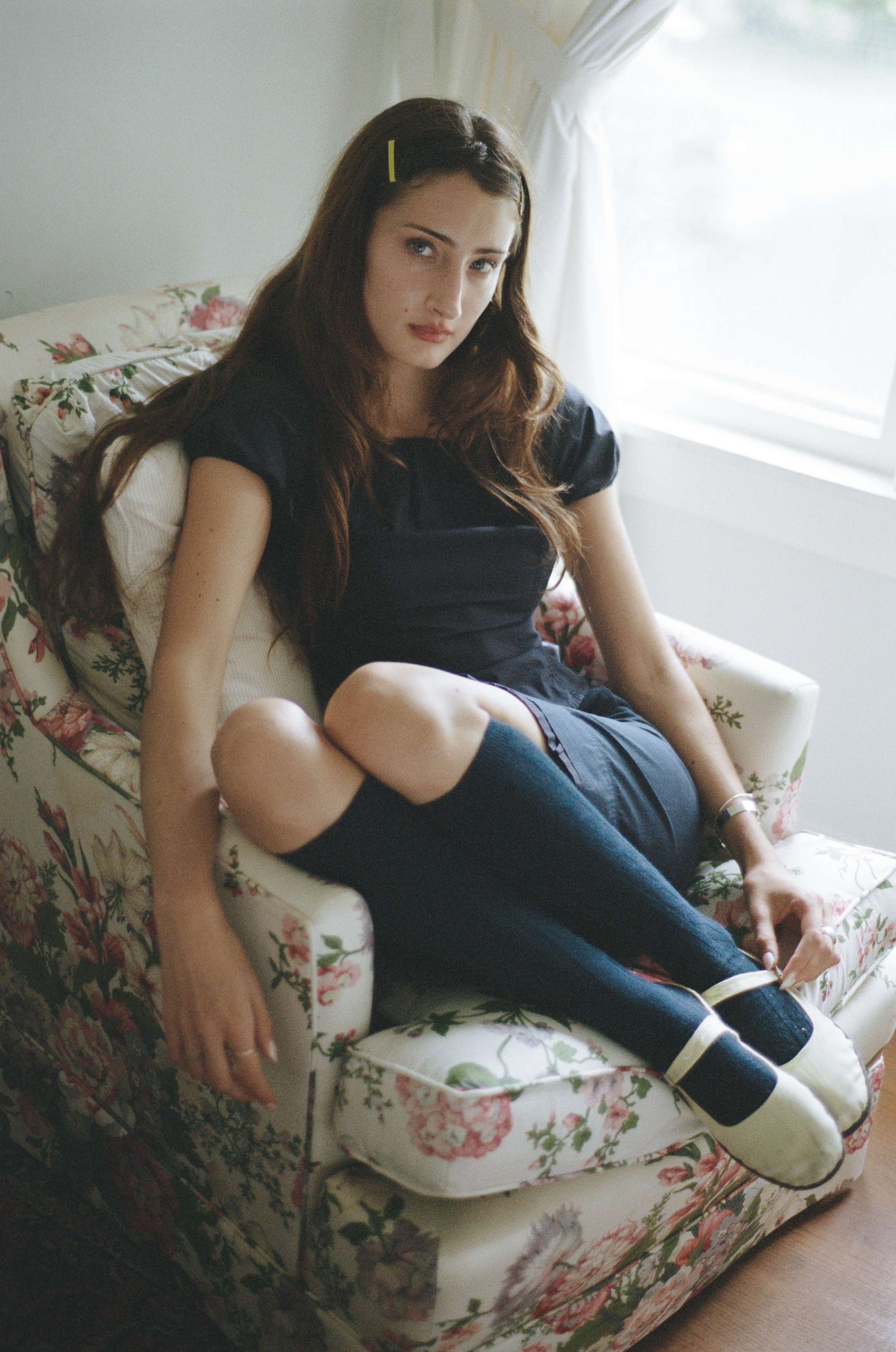
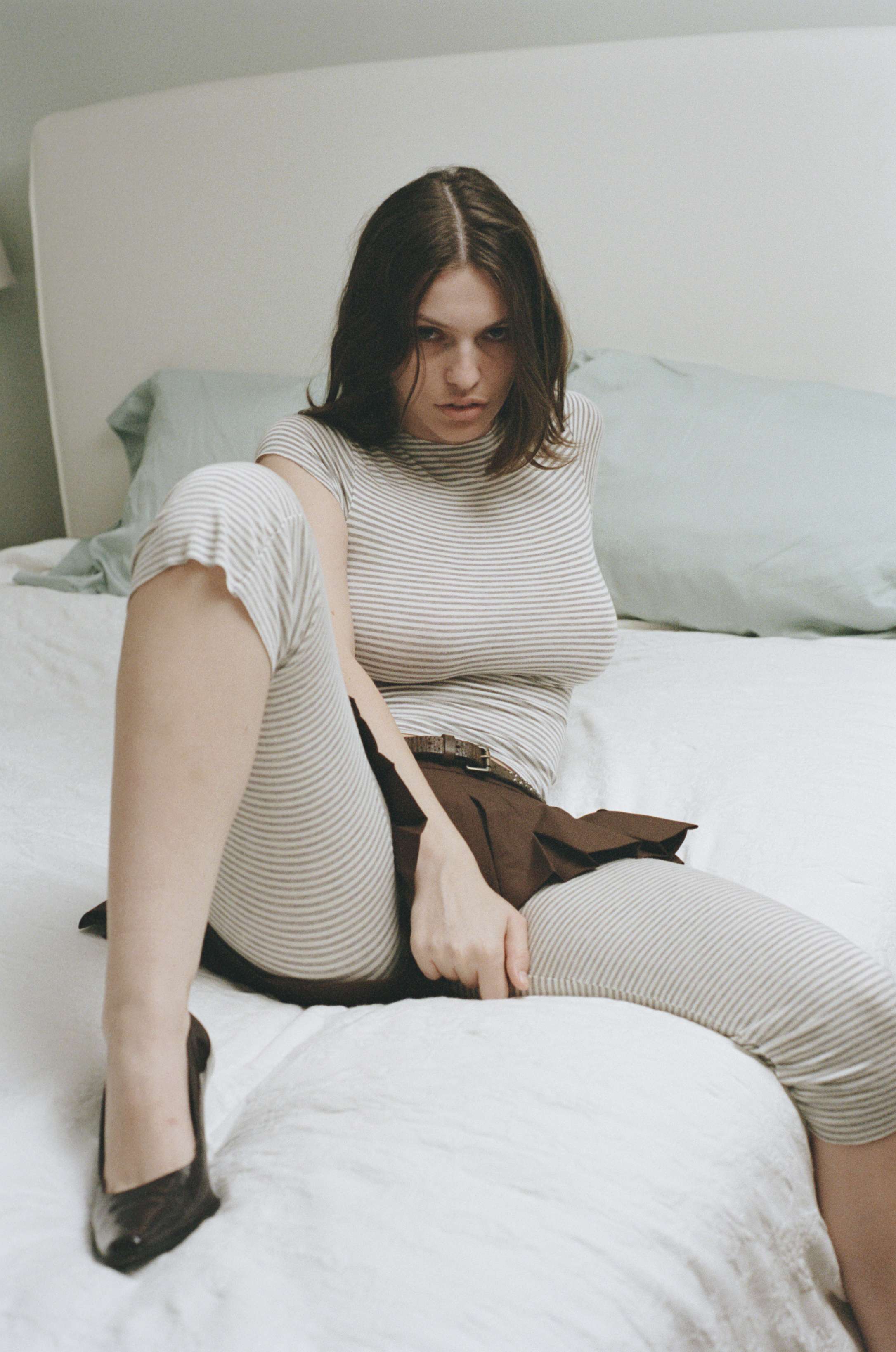
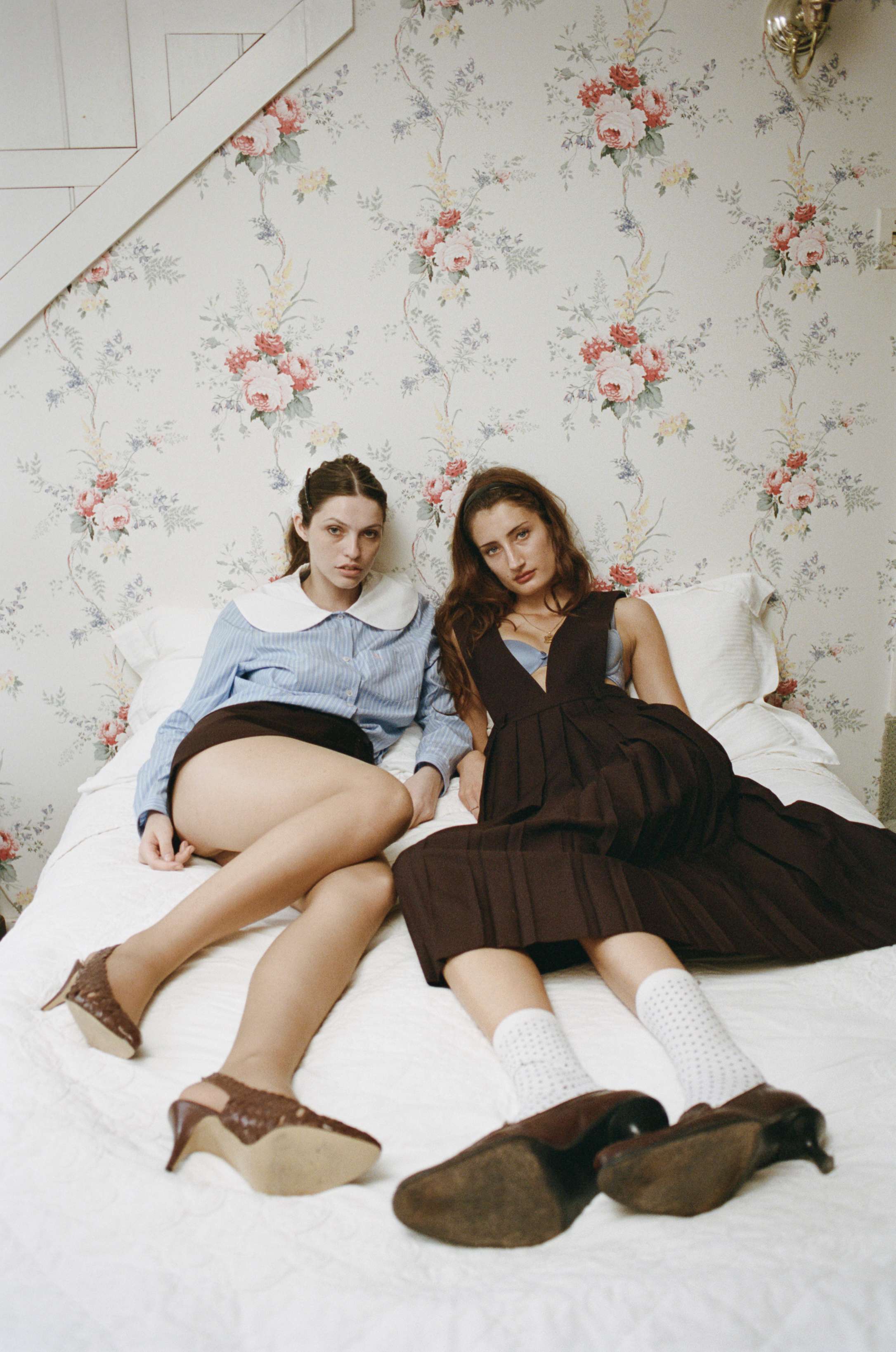

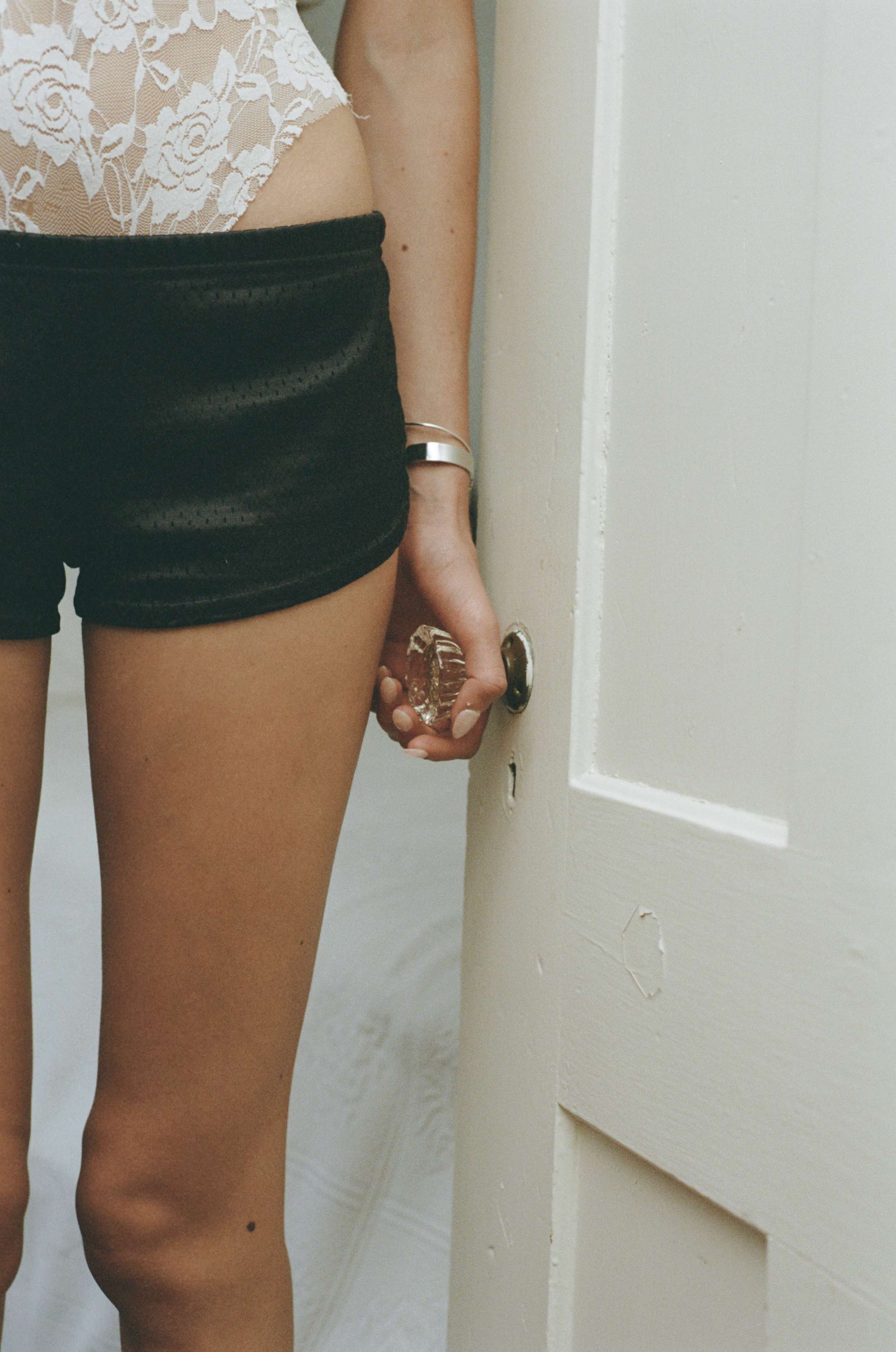

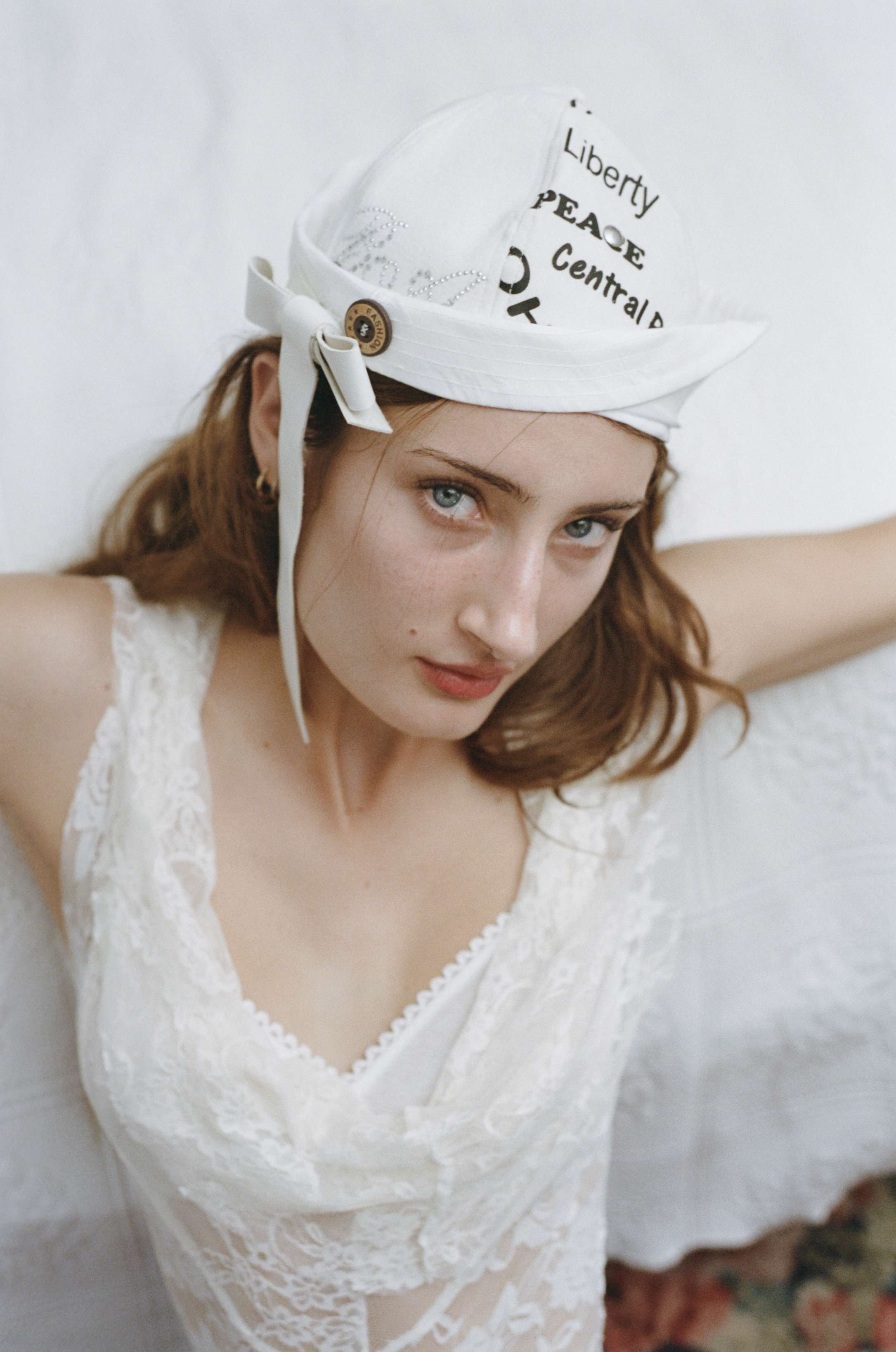
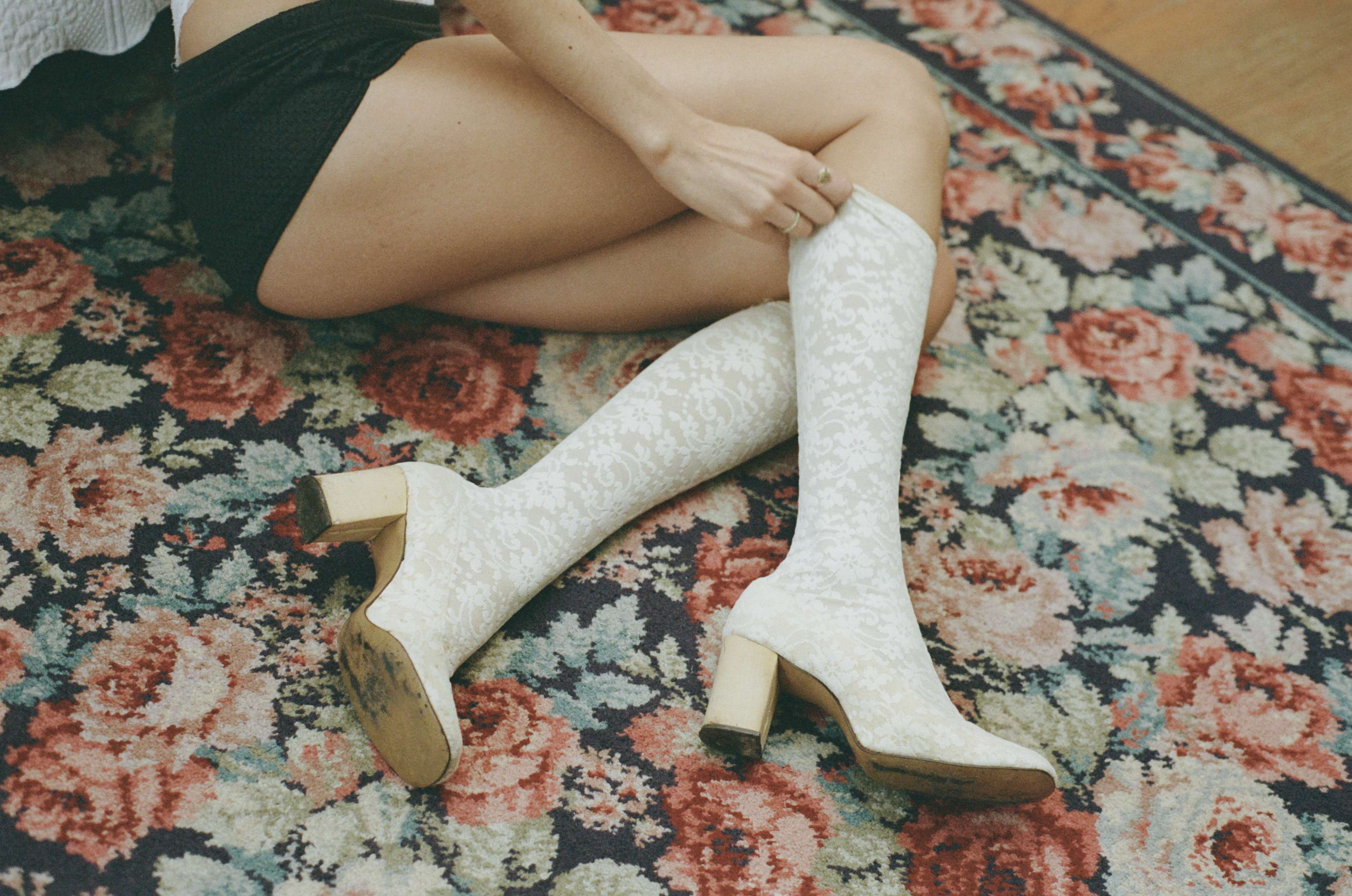
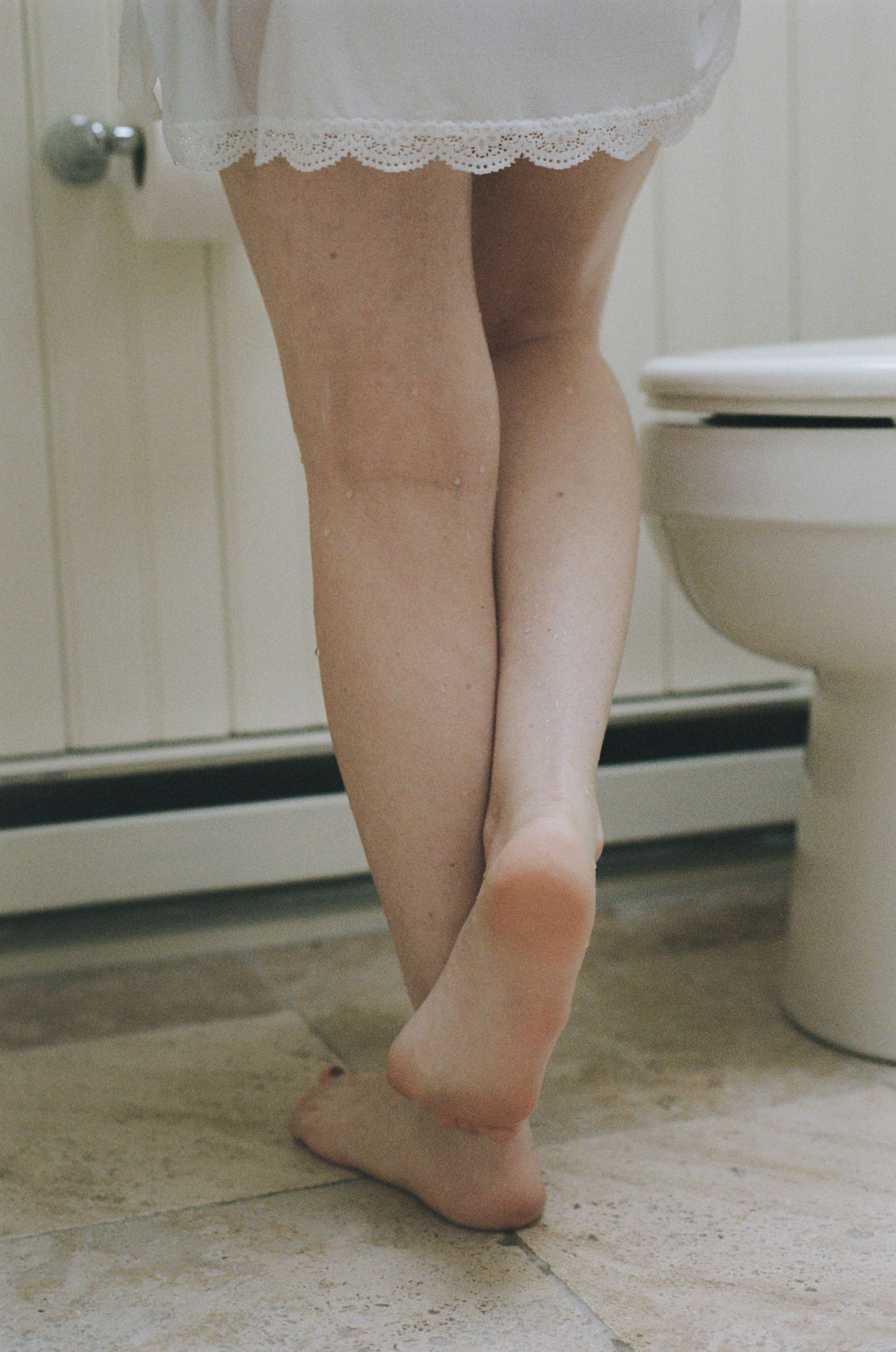

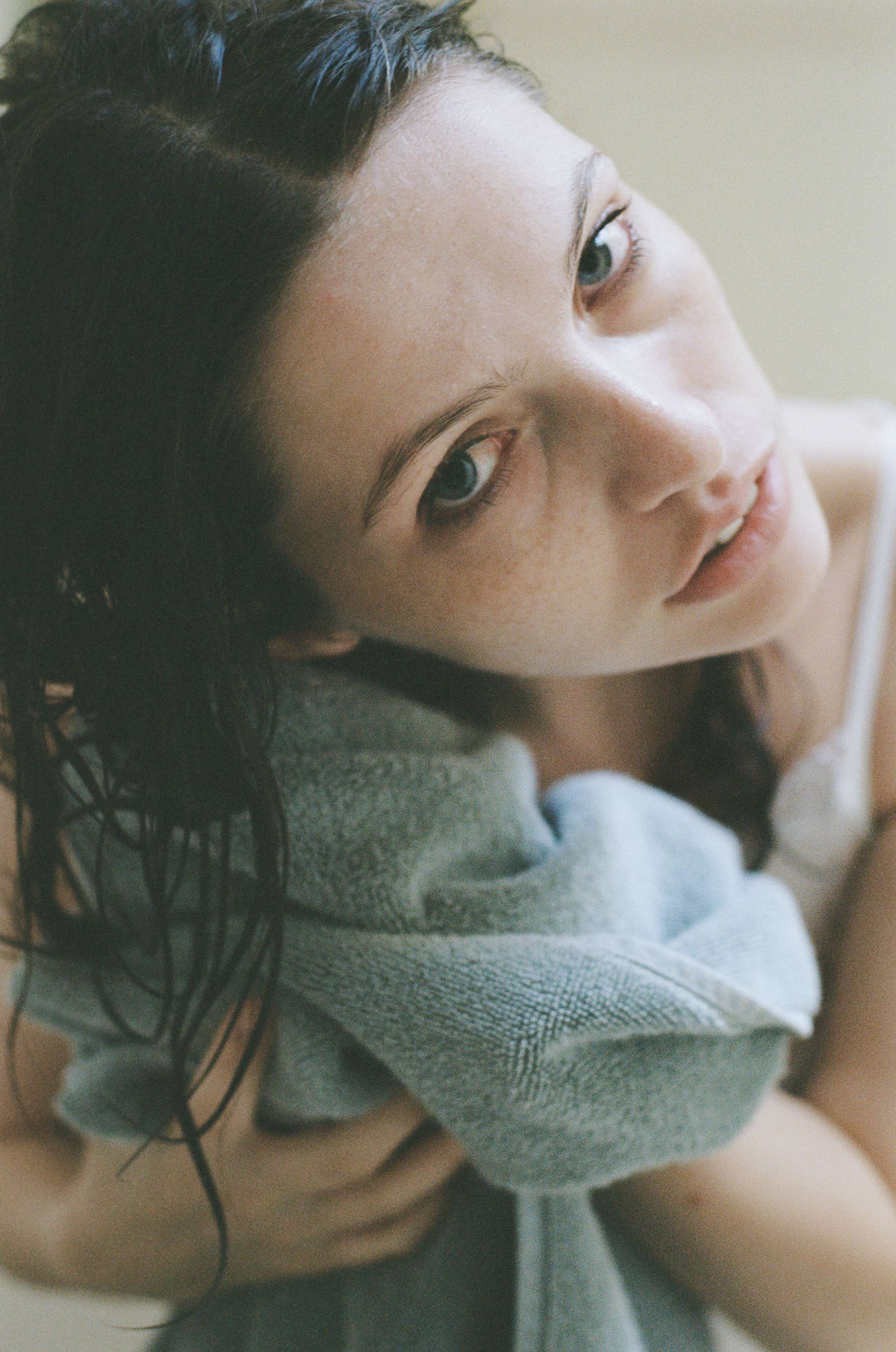
Stay informed on our latest news!













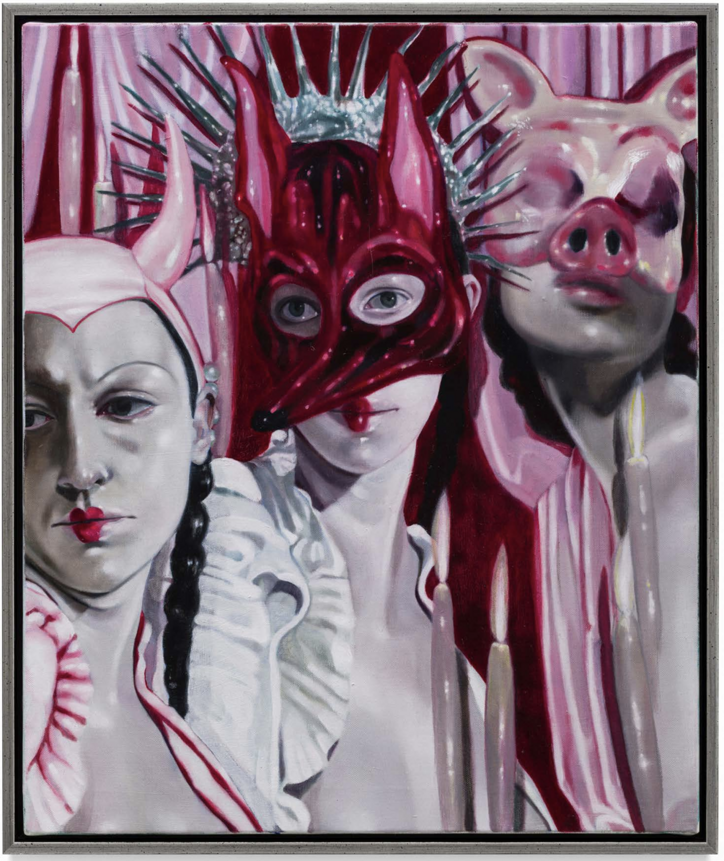
Le Bal des Folles, 2025- Oil on linen
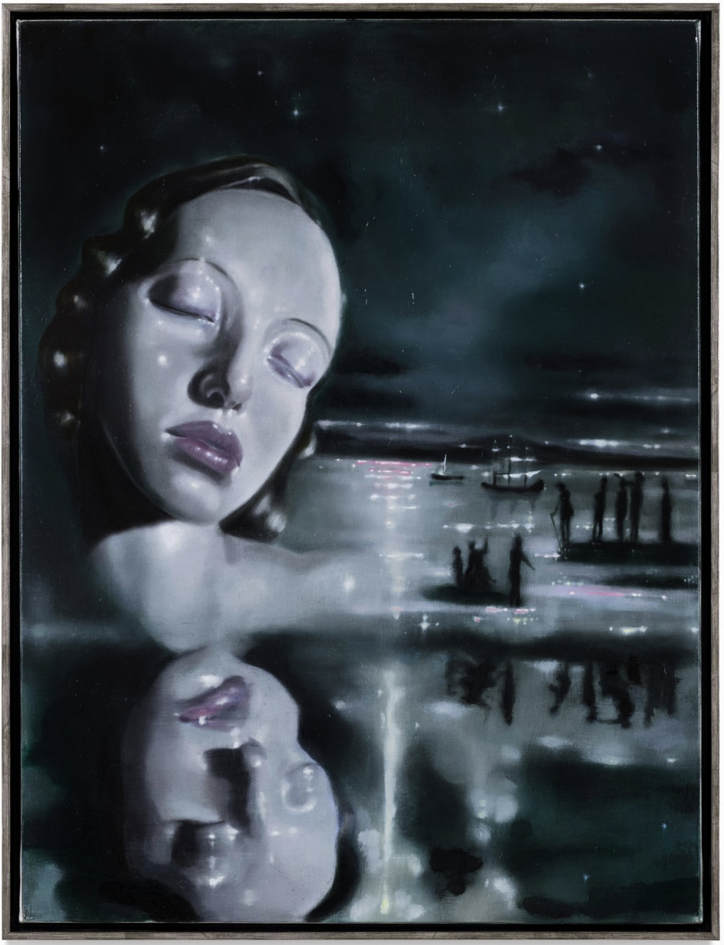
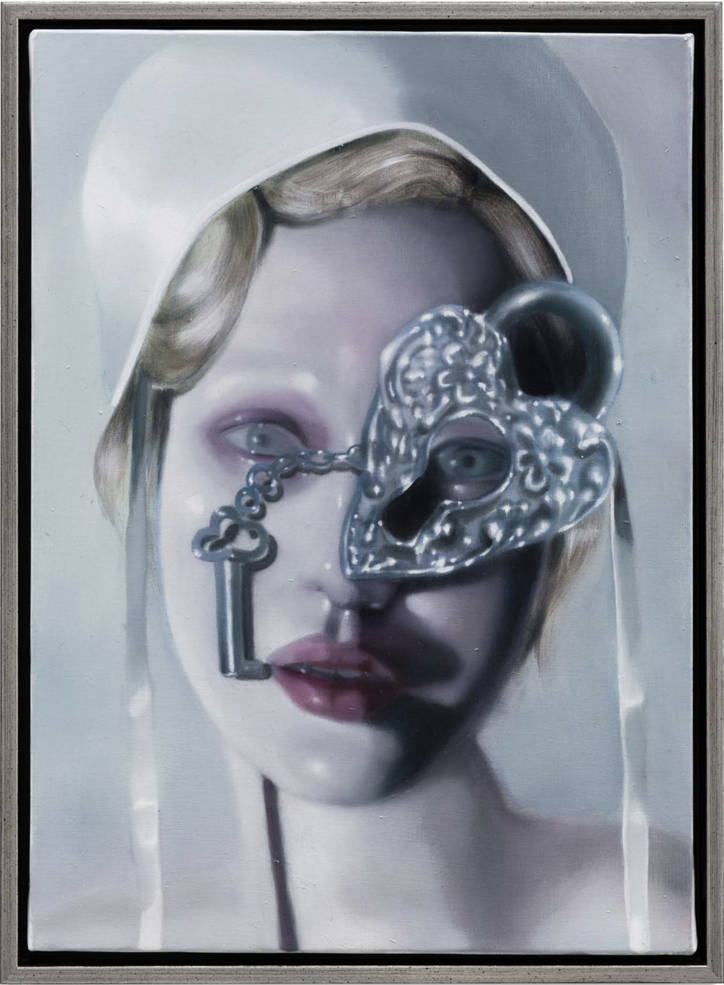
The Lull, 2025- Oil on linen Chambers, 2025- Oil on linen
Eyes and their subsequent tears command many of the paintings, though not as an expression of sadness or hopelessness but more as an abundant catharsis, a purifying ritual like droplets of holy water.
Another particularly important real life figure is the enfant-martyre Jane Avril, a celebrated outsider and dancer of the Moulin Rouge who discovered her prodigal talent while residing at the Salpêtrière Asylum in Paris. Each year the women-only asylum would host the Bal de Folles, to which members of Parisian high society were invited to dance and socialize with the hospital residents. Patients were encouraged to dress up, dance, play music and sing as a form of artistic expression that walked the line between exhibitionism and macabre voyeurism. It was here that Jane Avril, (nicknamed La Mélinite, after an explosive) first experienced a wild and euphoric release through physical movement and found her signature contortive style.
As a child, Lennox experienced episodes of dream psychosis where her waking state and her subconscious would merge and cause her to experience both reality and her dream world in tandem. Like Jane, her body would feel expansive and transcendent, evocative of the outsized female figures in the paintings.
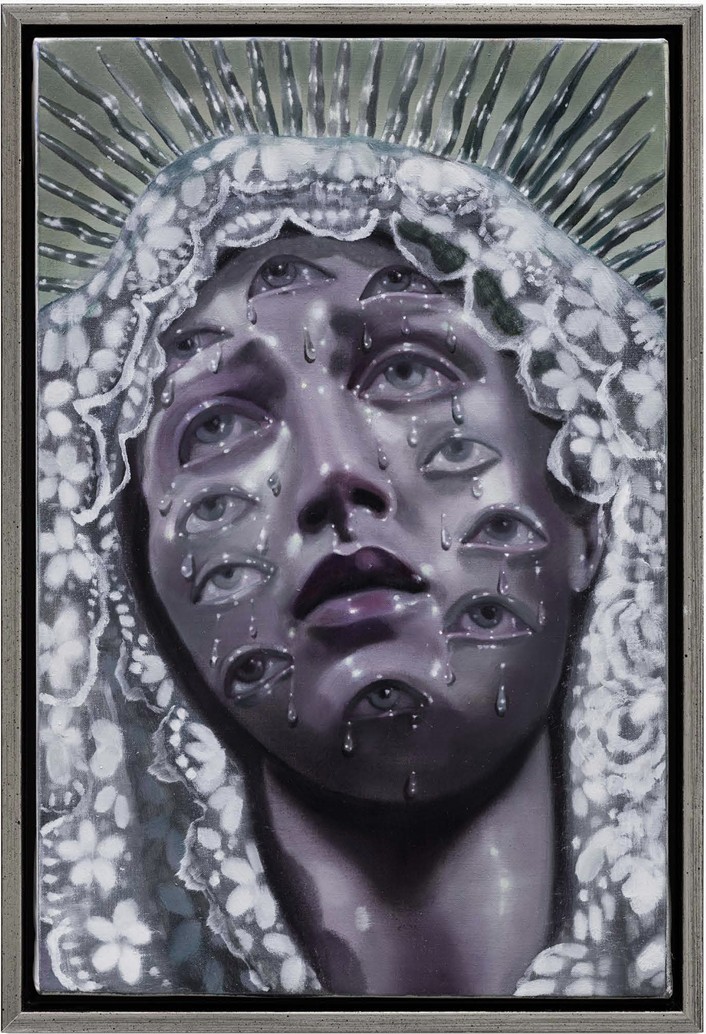
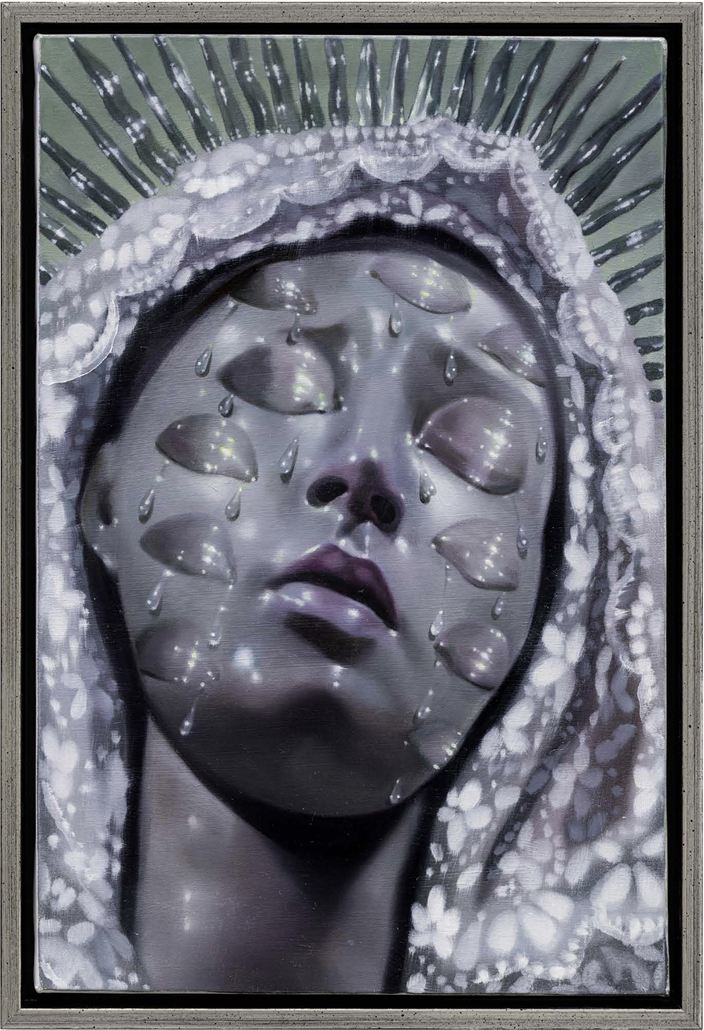
Blessed Tincture, 2025- Oil on linen Sinking Paradise, 2025- Oil on linen
An eerie aqueous light bleeds across the collection, luring the viewer down to the depths of a potent and luminous twilight zone where reason and reality are disregarded. Tiny figures can also be spotted animating the background of the paintings like distant mortals in a dream.
The colour silver holds special meaning throughout the collection with its reflective and sensitive qualities that inspire intuition, clairvoyance and mental telepathy. The colour represents the process of reflecting changes of personal direction by illuminating the path forward. It signifies the cleansing and releasing of mental, physical and emotional blockages.
Through a nuanced expansion around these varying ideas and figures, Lennox constructs a world at the convergence point of myth and existence. Past, present and future are all united to intersect across the canvases like falling stars. acquiescing to the vast abundance of this arcadian dreamscape. Lennox invites us to revel in the liberation and freedom that is found through embracing one's imagination and singularity, even if that takes you far, far away from reality.
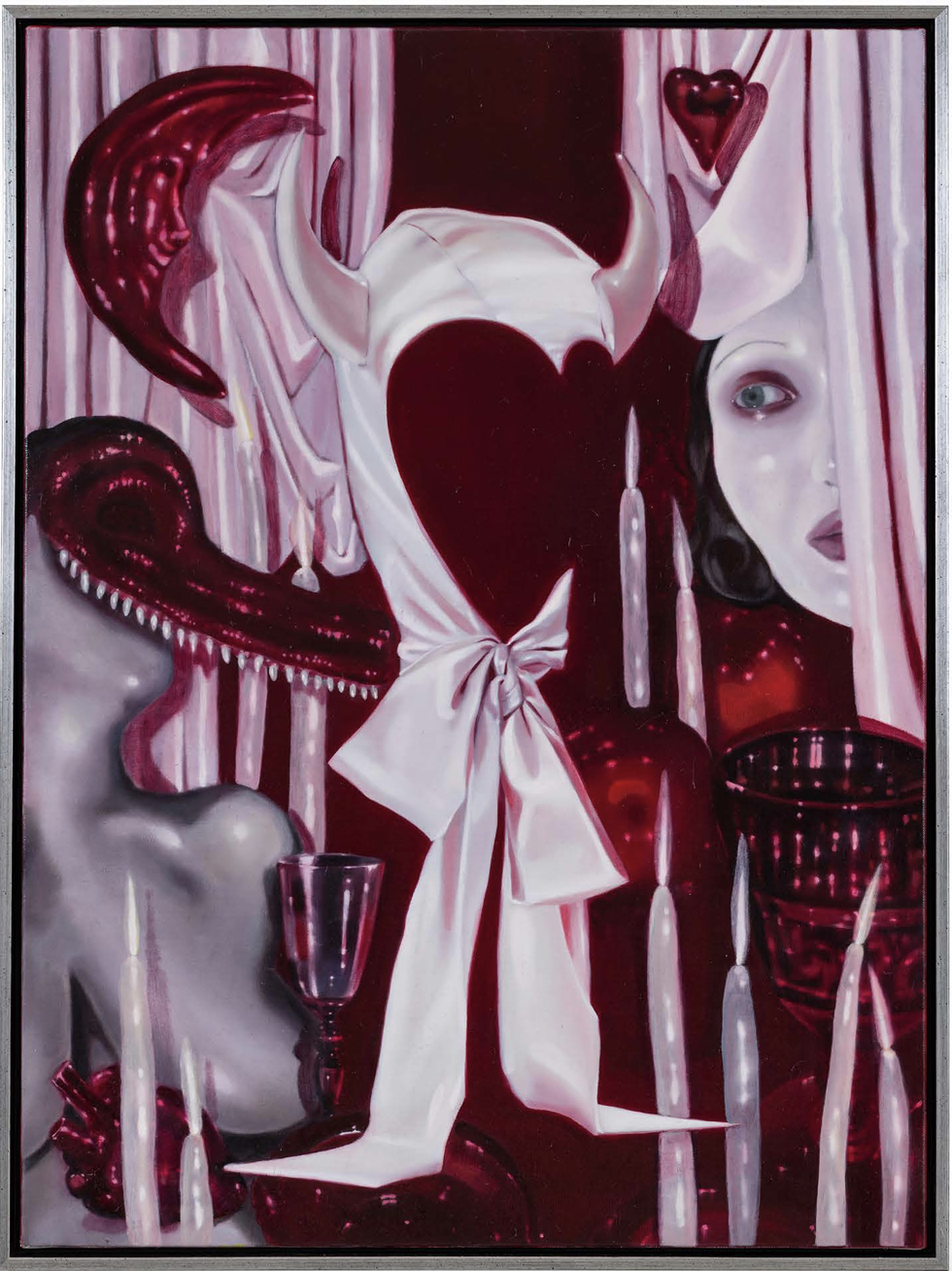

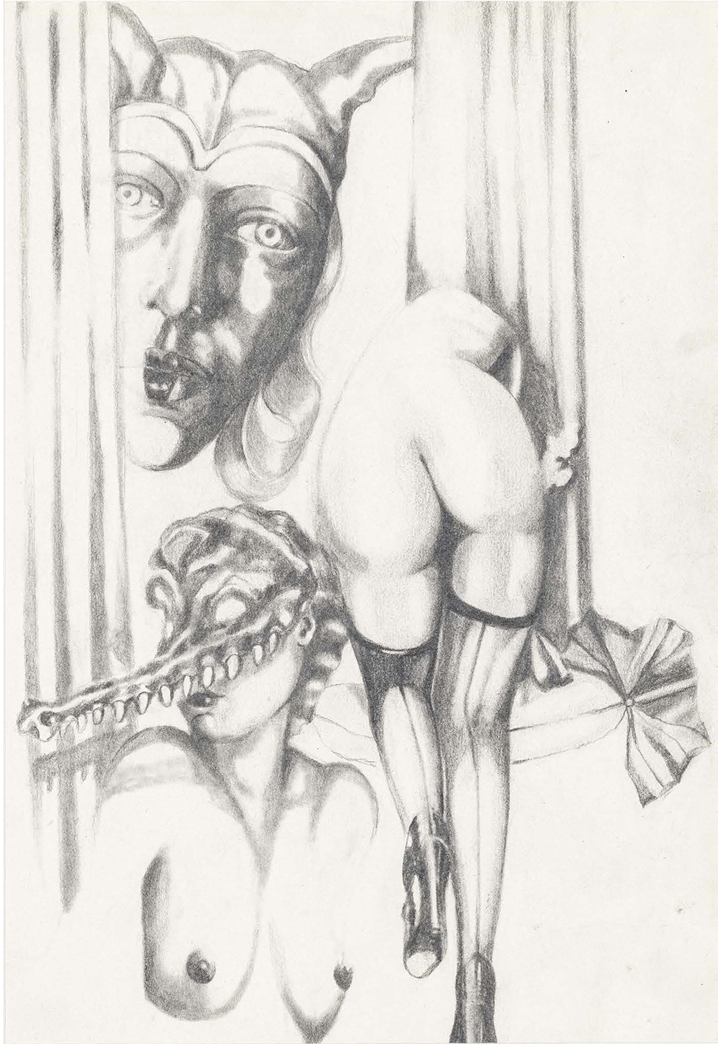
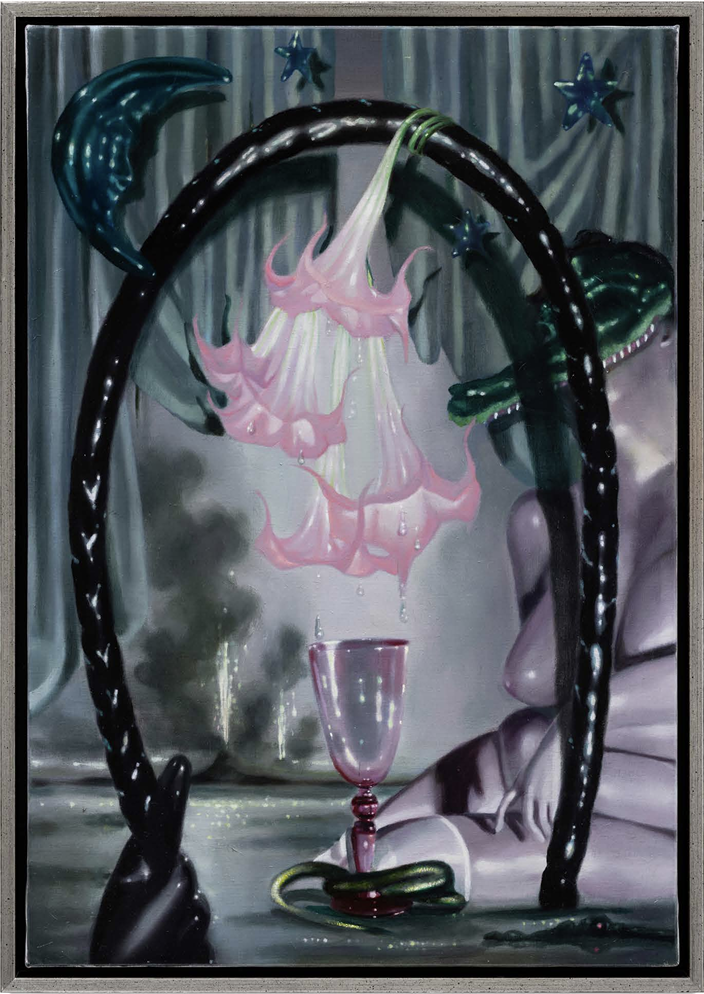
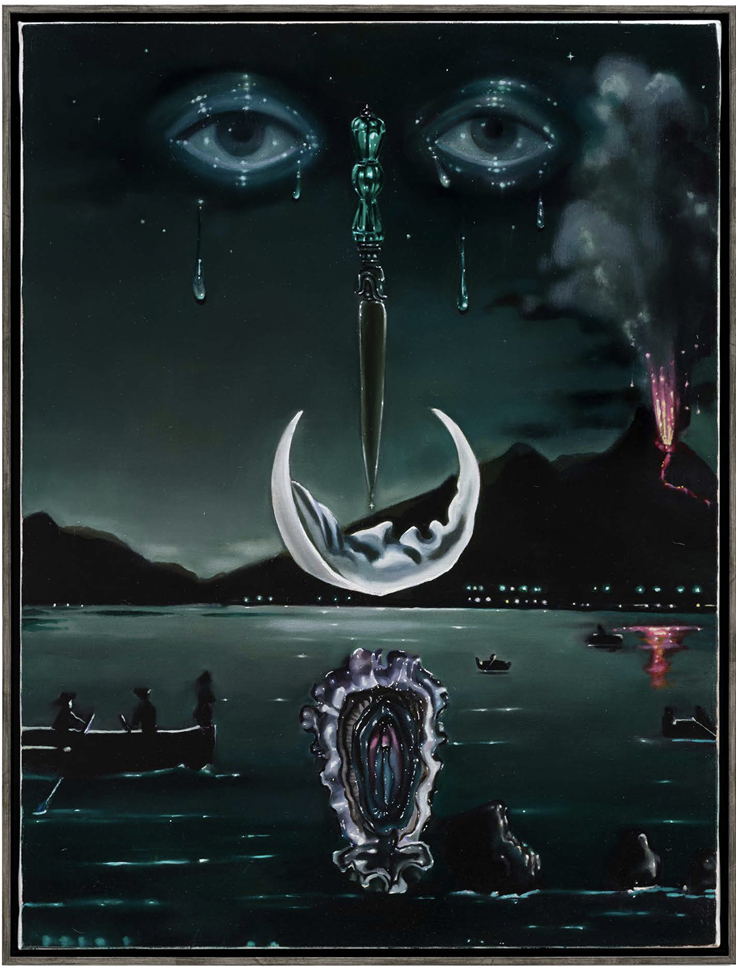
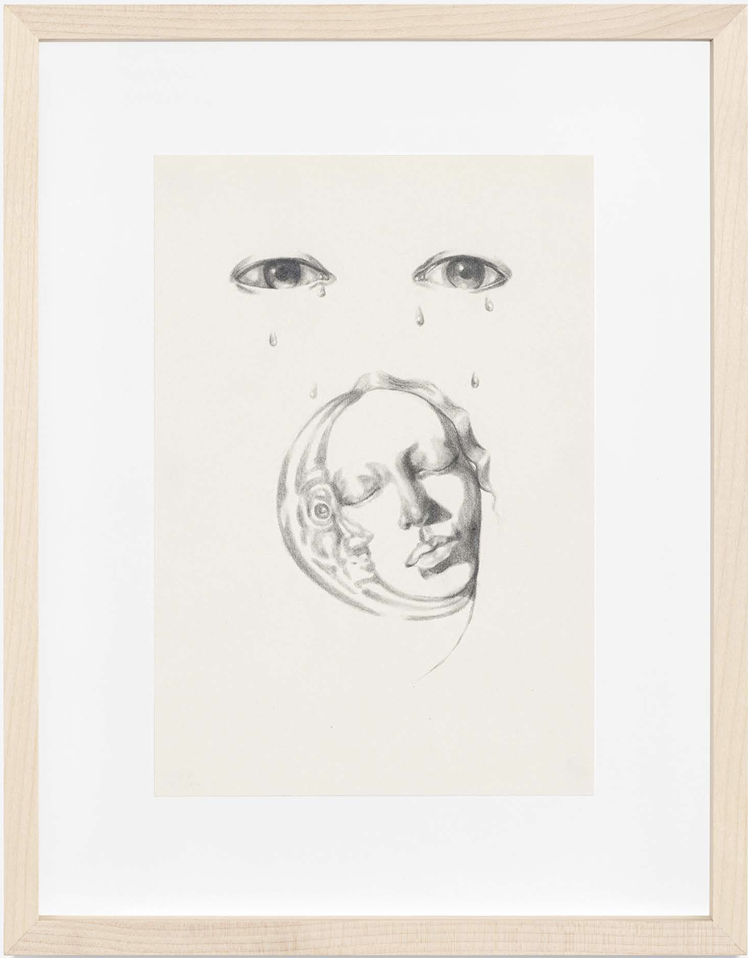
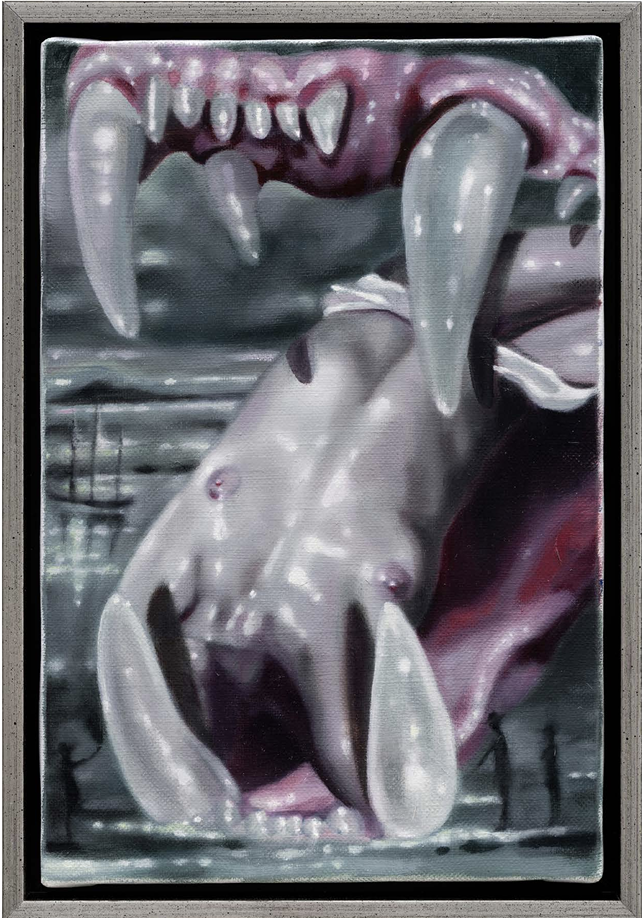
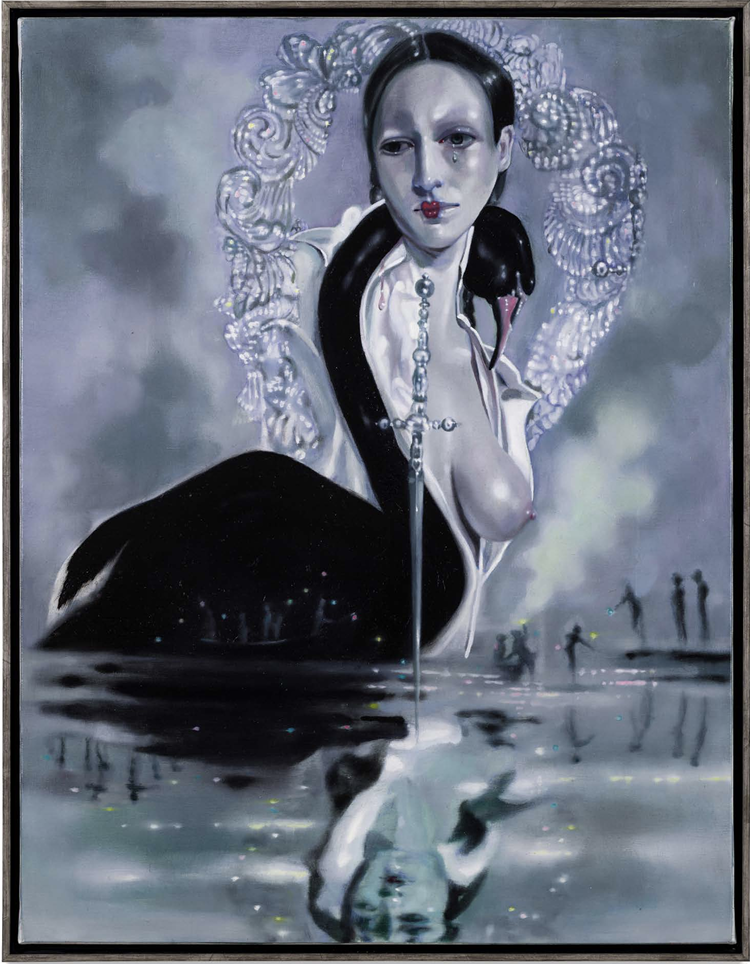


(ABOVE by ARAKS)

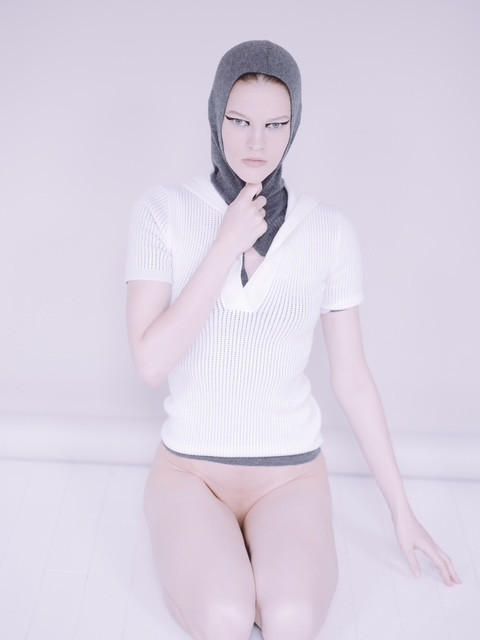
(LEFT by ARAKS, RIGHT by ALAIA)

(ABOVE by SIMON ROCHE)


(LEFT by MARNI, RIGHT by BEAUFILLE)
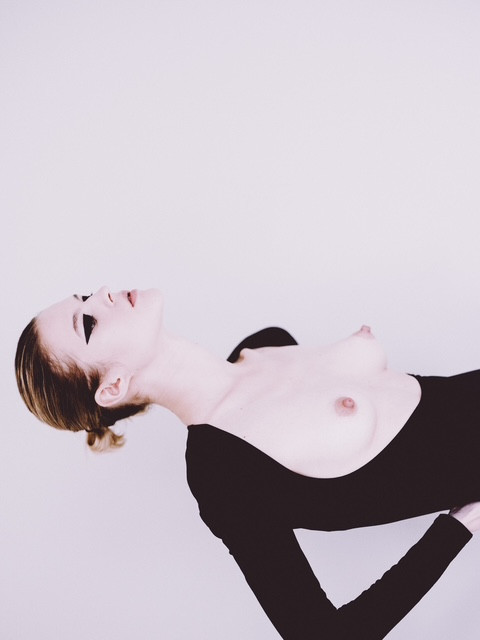
(ABOVE by BEAUFILLE)
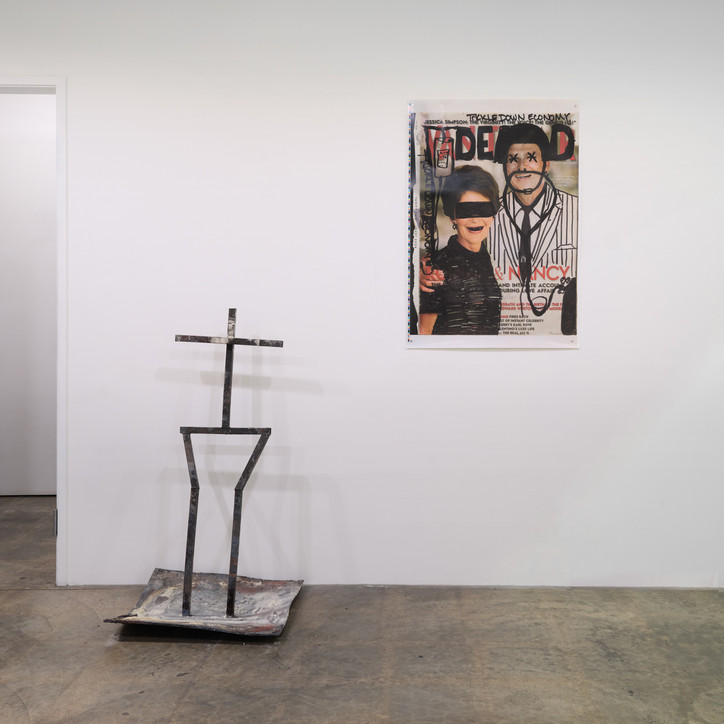
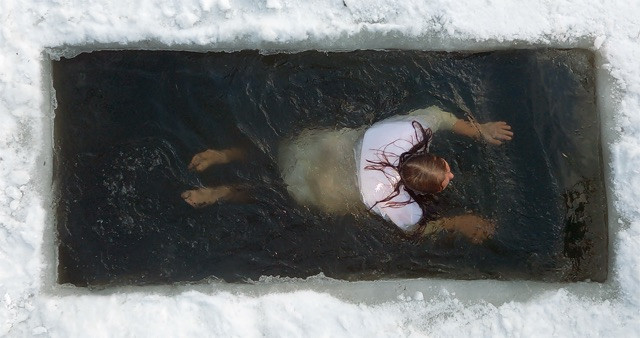
This performance piece by Klychkova explores how women are expected to carry the same responsibilities as men, whilst the state and society within Russia continue to impose a rigid model of behaviour around 'traditional' values. In 2017, domestic violence was partially decriminalized in Russia, but attempts to challenge this have been met with resistance with feminist organizations even being shut down and control over the female body has increasingly become a matter of state policy.
The ritual of Epiphany bathing- an annual act of 'purification' in which bodily discipline, religious faith, and social expectations collide in powerful and unsettling ways. Rooted in the practice of spiritual cleansing through triple immersion water, as a reference to the Holy Trinity, the ritual typically takes place in harsh winter conditions. Though framed as a voluntary act of faith, the ritual often operates as another form of behavioral regulation and women who take part in this 'cleansing' find themselves at the center of public attention. With an unofficial dress code, women usually enter the water wearing no underwear and thin cotton shirts. After immersion, the fabric becomes transparent, rendering them effectively naked. The shock of the cold often brings on uncontrolled emotional and physical reactions — screaming, trembling, gasping. And yet, in this moment, there is no shame. These raw expressions are met not with judgment, but with collective acceptance. For a brief time, behaviors that are stigmatized in daily life are transformed into symbols of purity.
Building an ice-hole in a frozen body of water with ice measuring up to 60cm thick, Klychkova reinterprets the ritual, highlighting it's contradictions and cultural weight. 'Immersion in ice is no longer about washing away sin — it becomes an act of shedding imposed shame and guilt. It is about reclaiming one’s body, voice, and right to feel. Women can cry, shout, tremble, or fall silent — without fear of reproach. Within this space, they affirm their right to exist freely, as they are. The act becomes a moment of shared experience and mutual recognition — where women come together across age, ethnicity, and identity. It is not the woman who conforms to the norm — it is the norm that loses its power.'
See this exhibition at The Box 805 Traction Avenue Los Angeles, CA- between May 17- July 5, 2025.



